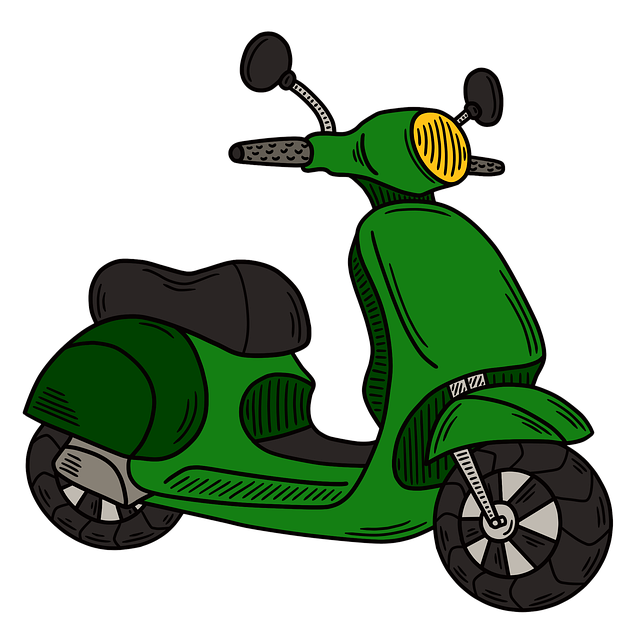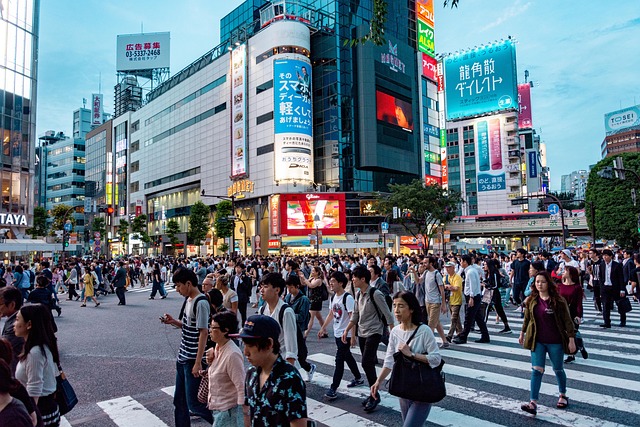In Eugene, Oregon, improving disabled transport requires collaborative efforts from local authorities, transport providers, and disability advocates. While current systems offer accessible buses and paratransit services, significant gaps remain, including limited stop accessibility, lack of real-time info for visually impaired riders, and inadequate van pool services. Challenges extend to equitable access during off-peak hours. By addressing these issues, Eugene can create a more inclusive community, enabling disabled residents to fully participate in civic life and access services without barriers. Efforts include fleet upgrades, route expansions, and enhanced infrastructure by 2025, fostering independence and community engagement.
Eugene, Oregon, boasts a vibrant community but faces challenges in ensuring accessible transport for its disabled residents. This article explores the current state of public transportation, highlighting key accessibility gaps, such as inadequate wheelchair access and lack of clear signage. We propose solutions including expanded low-floor buses and accessible infrastructure. Community engagement is vital, with ongoing efforts to collaborate with local disability organizations and leverage technology for an inclusive transport network. By addressing these issues, Eugene can enhance its reputation as a welcoming, accessible city.
- Current State of Disabled Transport in Eugene, Oregon
- – Overview of public transportation options
- – Challenges faced by the disabled community
- Identifying Key Accessibility Gaps
Current State of Disabled Transport in Eugene, Oregon

In Eugene, Oregon, the accessibility of transport for individuals with disabilities is a multifaceted challenge that requires attention and innovative solutions. The current state of disabled transport in the city reveals disparities in mobility options tailored to meet diverse needs. While the local transit system has made strides in providing services for the disabled, such as accessible buses and paratransit options, there are still significant gaps. These include limited accessibility at some bus stops and stations, lack of real-time information for visually impaired riders, and inadequate van pool services for those with more complex mobility requirements.
The challenge lies not only in physical infrastructure but also in ensuring equitable access to transportation during all times of the day. Many disabled residents face difficulties in navigating the city independently, especially during evenings and weekends, when public transport frequencies decrease. This situation necessitates a comprehensive approach that involves local authorities, transport operators, and disability advocacy groups to collaborate on solutions. By addressing these challenges, Eugene Oregon can move towards becoming a more inclusive and accessible community for all its residents, ensuring that disabled individuals have equal opportunities to participate in civic life and access various services without barriers.
– Overview of public transportation options

In Eugene, Oregon, accessible transport is a critical component of an inclusive community, catering to individuals with disabilities who require specialized services for mobility and movement around the city. While the public transportation system offers several options, there are still challenges that need addressing to ensure full accessibility for all residents. Bus services, operated by Lane Transit District (LTD), provide a foundational network throughout Eugene and surrounding areas, featuring low-floor buses equipped with ramps and other adaptive features for wheelchair access.
However, the current fleet and routes have limitations in terms of accessibility. Some bus stops lack proper signage or safe boarding zones, posing challenges for those using mobility aids. Additionally, limited overnight services can isolate individuals who work non-traditional hours or those with specific needs that require round-the-clock transport. Solutions are underway, including ongoing fleet upgrades and route expansions, aiming to enhance accessibility by 2025, as outlined in LTD’s accessibility plan. These efforts promise to make Eugene’s public transportation more inclusive for disabled residents, fostering greater independence and community engagement.
– Challenges faced by the disabled community

The disabled community in Eugene, Oregon, faces unique challenges when it comes to accessible transportation. One of the primary hurdles is the lack of comprehensive, easily navigable public transit options tailored to their specific needs. Many current systems struggle to accommodate wheelchairs, mobility scooters, and other assistive devices, making it difficult for individuals with disabilities to move around independently. This issue significantly impacts their ability to access employment opportunities, education, healthcare services, and social activities.
Furthermore, the urban landscape of Eugene often presents physical barriers, such as uneven sidewalks, lack of accessible crosswalks, and steps without ramps, which pose daily challenges for disabled individuals. These obstacles not only hinder mobility but also contribute to a sense of isolation and limited independence. Despite these challenges, the community actively seeks solutions, including advocating for improved public transit infrastructure and promoting inclusive urban planning practices to ensure better accessibility for all residents of Eugene, Oregon.
Identifying Key Accessibility Gaps

In Eugene, Oregon, understanding and addressing disabled transport challenges is a multifaceted endeavor. One of the primary key accessibility gaps lies in the limited options for public transportation specifically tailored to meet the needs of individuals with disabilities. While some routes offer accessible buses, many areas of the city remain poorly served, hindering mobility for those reliant on public transit. This gap is further exacerbated by a lack of accessible infrastructure, such as curb cuts and wheelchair ramps, which can make navigating the city difficult, if not impossible, for people using mobility aids.
Additionally, the current transport system often falls short in providing sufficient assistance to passengers with disabilities. Limited staff training on disability-related issues contributes to this challenge, resulting in occasional barriers to access. To address these gaps, there’s a pressing need for more inclusive public transportation options and enhanced infrastructure that aligns with Oregon’s commitment to accessibility. Implementing these solutions will not only improve mobility but also foster a more inclusive community for disabled residents of Eugene, Oregon.
